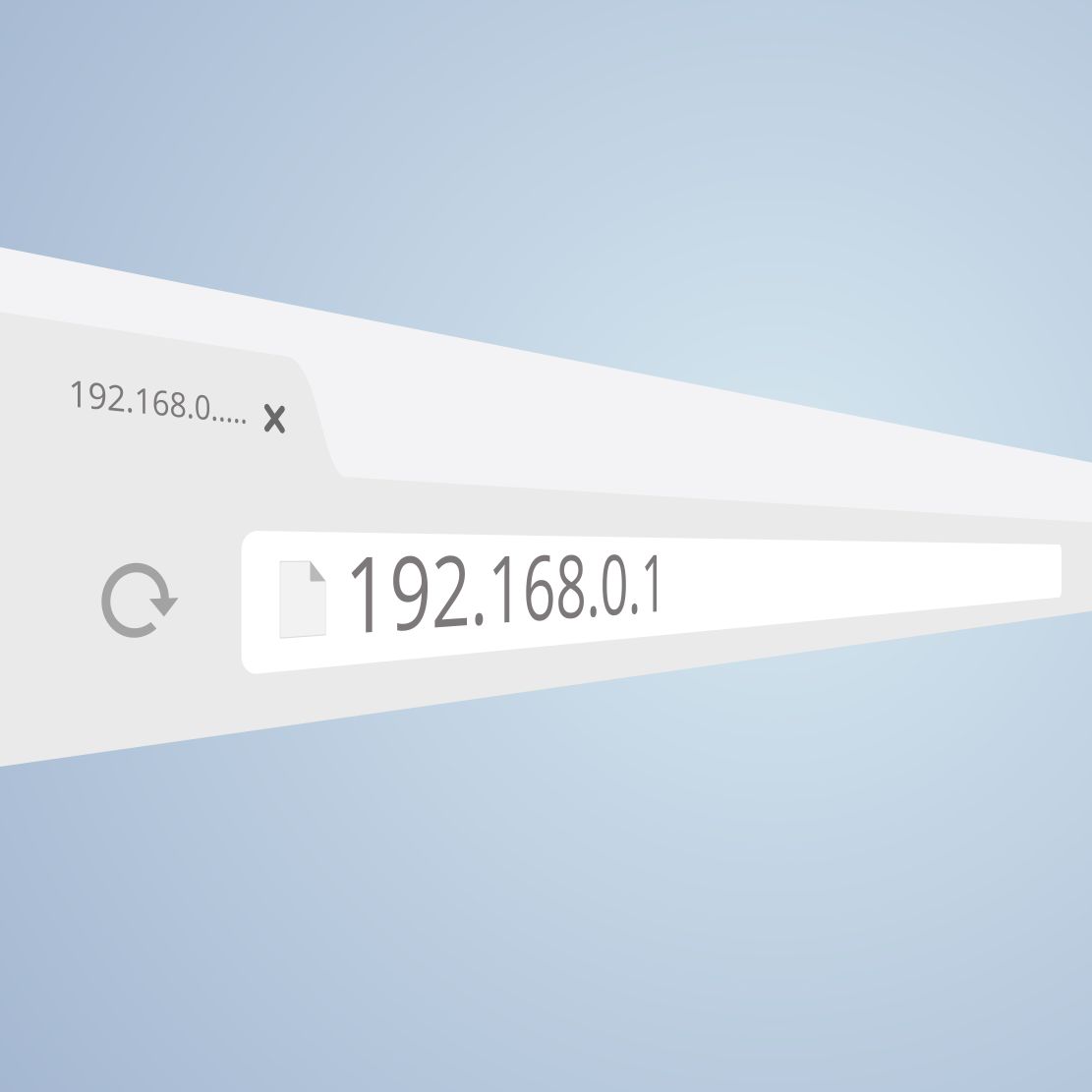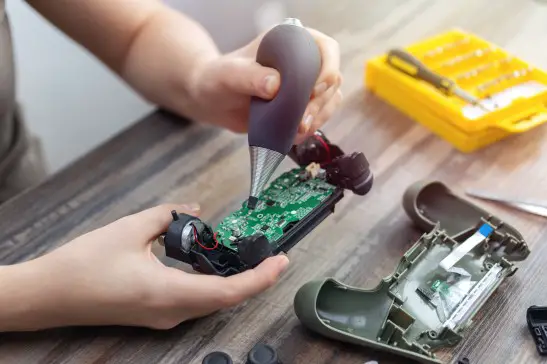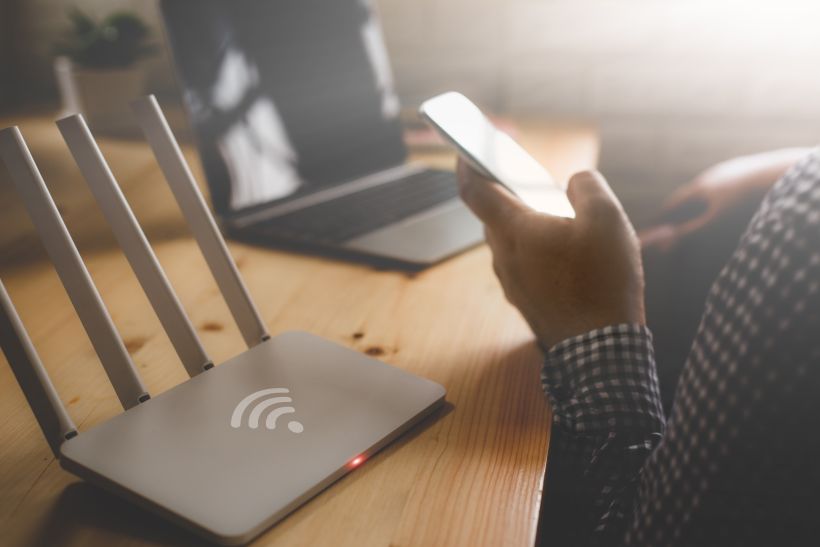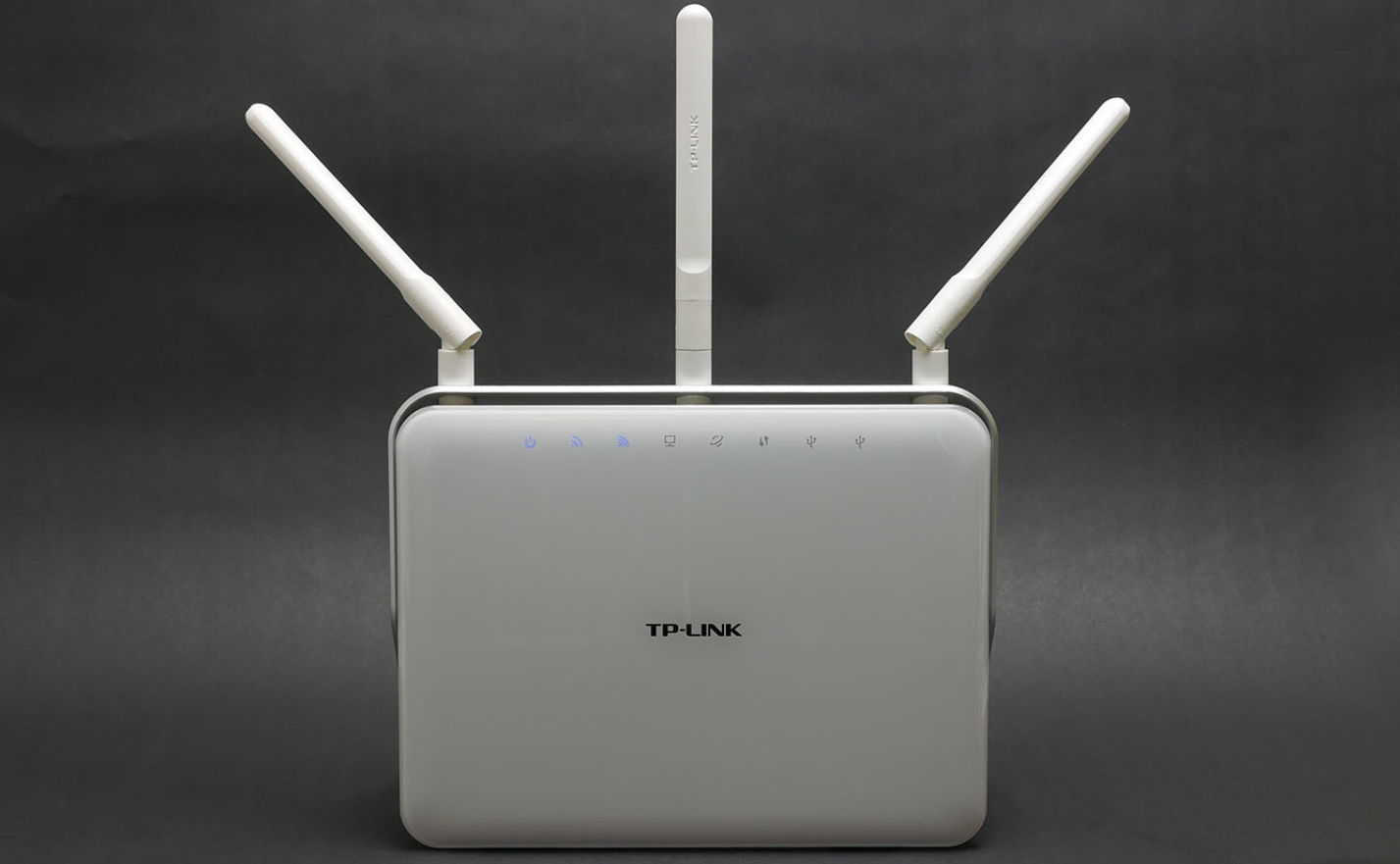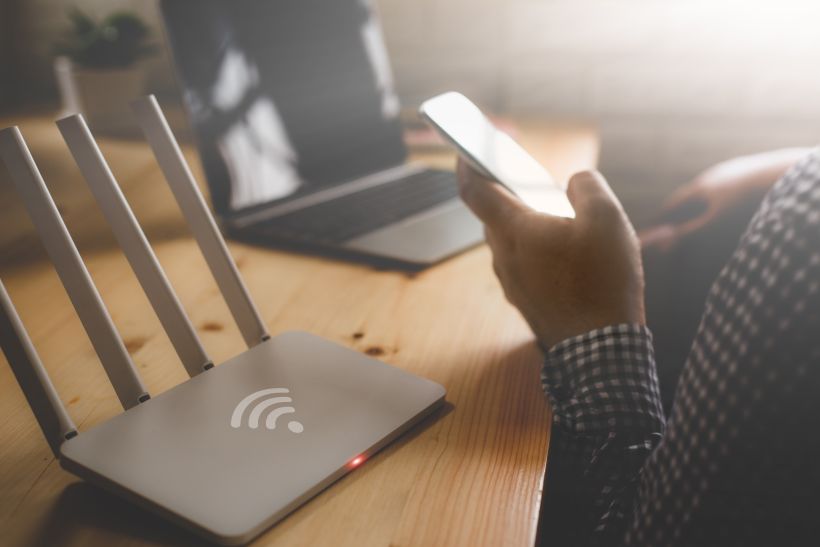How to Fix 192.168.0.1 Connection Issue?
Many different issues can cause this issue. It could be a problem with the switch, the cable, or the modem. If you have a brand new cable and it still doesn’t work, then it’s most likely an issue with your modem or your router.
Connect with the Expert via email, text or phone. Include photos, documents, and more. Get step-by-step instructions from verified Tech Support Specialists.
First, we’ll start with the modem. Make sure that it is powered on and plugged into an outlet (with no other devices plugged into that outlet). Also, make sure that your router is powered on and connected to the modem (and not just the power strip).
Now that you’ve verified that both of these devices are working properly, let’s take a look at your network switch. There are several things you can try to fix this issue:
Turn off all of your switches for at least 30 seconds (this will prevent them from creating a flood of packets) Then turn them back on one by one and see if you can connect. If so, then just turn off all of them again to check for more problems! If not, then try switching between 2 or 3 different switches to see if they can be mixed up together to get a connection back. You may also want to try using a wireless repeater or wireless access point to get a connection back.
If none of these solutions work, then it’s most likely an issue with your cable or the wiring in your house. Make sure that you’re using the right cable for your network and that there aren’t any loose wires. You may also want to call your cable company and see if they can help you out with this issue.
Connect with the Expert via email, text or phone. Include photos, documents, and more. Get step-by-step instructions from verified Tech Support Specialists.
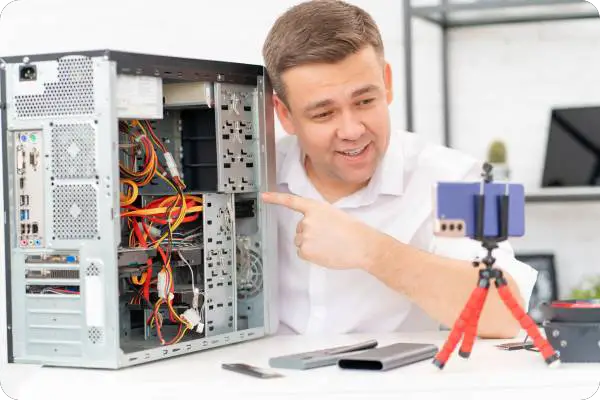
Help with setup and starting issues, blinking error lights & all your repair needs in just minutes
Ask a Repairman Live NowWhat Can Cause Connection Issue on Router?
If you are facing any problems connecting your router with the PC, then it may be that you have a wrong setting on your router or a wrong setting on your PC. The problem can be resolved by following the simple steps given below in this article.
Sometimes the issue may be related to some problem with the configuration of the Windows system or some other issue related to it
For this, we need to check the configuration of the router first. If the router is connected to the modem, then there should be no problem in connecting it with the PC. But if it is not connected to the modem, then you will have to configure it.
Check if your router is connected to your modem. If it is not connected then you have to configure it by following the steps given below:
On a Windows system, open My Network Places (click on the Start button and select Control Panel) and look for the “Network and Sharing Center” or “Change adapter settings” option. Right-click on your network adapter and select the Properties option from the context menu. Now click on the Advanced tab. Select Internet Protocol Version 4 (TCP/IPv4) from the drop-down list.
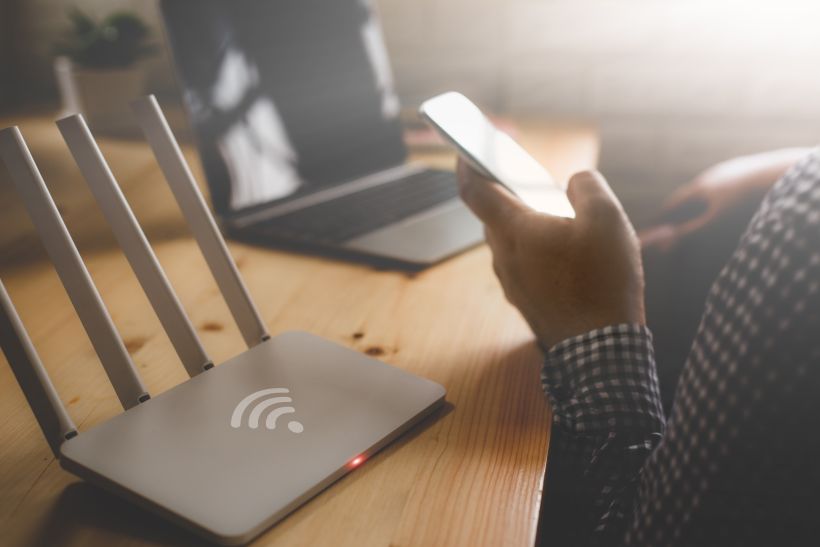
There are two interfaces (LAN1 and WAN1) on which we can connect with our PC. The interface LAN1 is our LAN which will be used for all our internet needs. The interface WAN1 is a connection between your router and modem which will be used for accessing the internet through cable or DSL connection. You have to select the LAN1 interface.
After that, click on the OK button and then restart your PC. Now try to connect your router with the PC again. If you are still facing any issues then you have to check the settings of your router.
Why is My Internet Connection So Slow?
Before we go into fixing your slow internet connection, you need to understand what is slowing it down. Download and upload speeds will be a large portion of the speed you see on your internet speed test. To determine the overall speed of your connection, it is important to understand how many people are using the internet at any given time.
To determine if your download and upload speeds are causing this problem, test both with a different modem and router (not necessarily from the same company).
If you have consistently low download and upload speeds when using other equipment, then your ISP may have provided you with a modem or router that does not provide enough bandwidth for everyone in your home to share.
How to Increase Internet Connection Speed?
One of the most common problems with internet connection speed is the lack of network connectivity. There are two things that you can do to increase your internet speed.
First, make sure that your computer is connected to a high-speed wired network connection, not a wireless one. Wireless networks transfer data at much slower speeds than wired ones, and often don’t provide sufficient bandwidth for multiple users to use at once.
Second, ensure that your router and modem are functioning properly. Routers allow multiple devices to connect to the internet at once by connecting them altogether through a single cable. If there is an issue with your router or modem, you will experience slow speeds while using the internet.
If there are problems with these tools, they are easily fixed by contacting customer service and having them correct any issues that they find with them (like making sure the website isn’t blocked).
How to Reboot My Router Manually?
A simple solution to reset your router is to use the router’s reset button. Most routers have a physical button on the front of the device that will take you back to the factory settings. However, this method can be a bit more difficult if you have a password set up on your router. In this case, you will need to access the settings page on your router and delete the password. Once you’ve deleted the password, use your browser to navigate back to your router and hit the reset button again.
If you’ve forgotten your password, don’t worry! There are some ways that you can bypass this process so that you can get back into your router without having to remember any passwords or passcodes.
The first option is simply turning off your router for about 30 seconds or so and then turning it back on again. This will restart the system and force it to reset its settings so that it can be logged in again.
If neither of these options works for you, there are also some third-party apps available for Android and iOS devices that will allow you to easily bypass these types of issues.
Max Anthony
Mainly Max Anthony is an athletics tutor & lives in Texas but that's not it. He's is also a music producer, content creator, record producer, writer, and session musician. He has been producing music and engineering at a lower level for over 5 years. His passions include quality music gear and that's what he loves to write about on HifiBeast. ( Shoot him an email now )
Help with setup and starting issues, blinking error lights & all your repair needs in just minutes
Ask a Repairman Live Now
